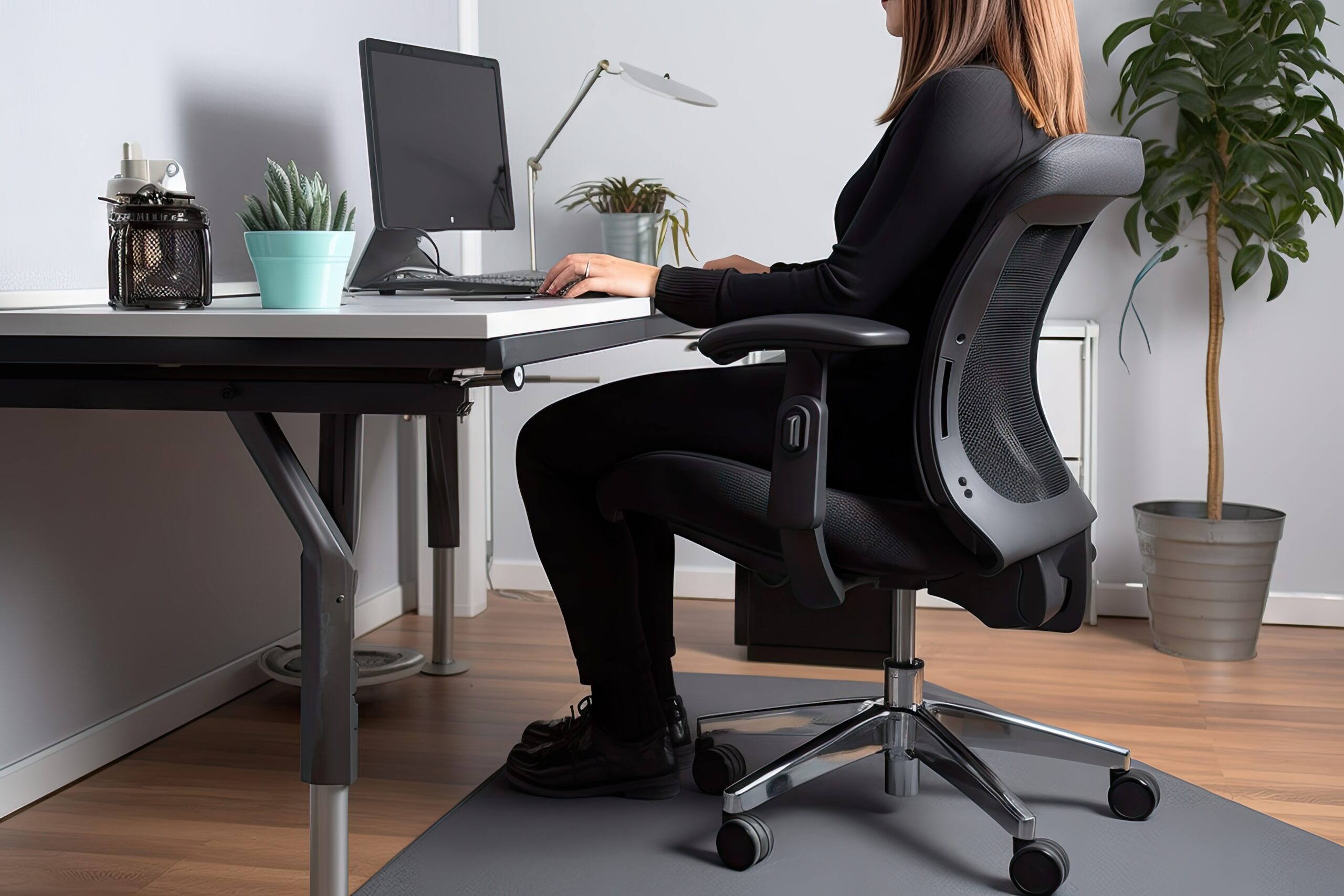A well-designed office space can serve as a catalyst for a highly productive and visually appealing work environment. The key to such an office lies in striking the perfect balance between ergonomics and aesthetics.
Ergonomics in an office setting aims to optimize comfort and productivity. On the other hand, aesthetics focuses on visual appeal and sensory experiences.
This article will discuss practical ways to achieve the perfect balance between these two aspects in your office design. Incorporating these strategies can yield a workspace that marries comfort, functionality, and visual appeal.
With that in mind, here are some of the ways you can achieve this:
1. Prioritize Ergonomic Furniture And Equipment:
Investing in ergonomic furniture and equipment can greatly enhance your team’s health and wellbeing. Consider adjustable and tilting office chairs, for instance. They can support better posture and help minimize the risk of musculoskeletal issues among employees.
It’s also worth introducing adjustable desks into the office environment. These desks allow employees to switch between sitting and standing positions, offering another layer of physical comfort.
When choosing these ergonomic additions, it’s important to ensure they align with your office aesthetics. These enhancements can amplify the overall look and feel of the workspace, crafting a more conducive environment for staff well-being.
2. Optimize Lighting And Color Scheme
Natural light can significantly boost mood and productivity. Maximize it by placing workstations near windows and using translucent blinds or sheer curtains to soften harsh sunlight.
You can also complement natural light with well-placed artificial lighting that includes ambient, task, and accent lighting. This way, you can create a balanced and visually appealing office environment.
When choosing a color scheme, aim for a palette that reflects your brand identity and fosters a calm, focused atmosphere. For instance, you could use soothing blues and greens for a tranquil workspace, or vibrant colors to inspire energy and creativity.
To customize these decisions for your unique office space, consider consulting with reputable office interior design experts. Their professional guidance can help you make the most effective choices.
3. Create Functional And Organized Workstations
Design workstations tailored to specific tasks and job roles. For employees who spend a significant amount of time on screens, consider providing adjustable monitor arms and document holders. These ergonomic adjustments can enhance comfort and efficiency, reducing strain or injury risk.
Further, consider incorporating storage solutions like filing cabinets, drawers, and shelving units to keep the workspace organized and minimize clutter. This can greatly enhance both the look and functionality of your office space.
4. Promote Wellness with Break and Relaxation Areas:
Promote wellness and mental energy recharge by designating specific areas within your office for relaxation. These could be a cozy lounge, a coffee corner, or perhaps an indoor garden nook.
Such spaces can offer employees a refreshing change of scenery and an opportunity to unwind and socialize. This environment can elevate mood, alleviate stress, and ultimately, enhance productivity.
Consider outfitting these areas with ergonomic seating options and embellishing them with appealing elements like soothing colors, artwork, or indoor plants.
By incorporating these dedicated wellness areas, you demonstrate a commitment to your employees’ wellbeing. This contributes positively to your company culture and enriches the overall aesthetic of your office.
5. Leverage Technology for Ergonomics and Aesthetics:
Harnessing modern technology can also aid in the balance of ergonomics and aesthetics. Implement smart office designs where technology bolsters communication, collaboration, and comfort.
For example, consider integrating advanced audio-visual technology in meeting rooms for seamless virtual meetings. This can significantly contribute to both functionality and modern aesthetic appeal.
Incorporating technology in office design not only contributes to a sleek, modern aesthetic but also enhances ergonomic benefits by streamlining processes, reducing physical strain, and improving the overall work experience.
6. Incorporate Flexible And Collaborative Spaces
Cultivate flexible areas within your office design to accommodate varying work styles and encourage collaboration. Consider establishing quiet zones or individual pods, for example. Furnish these with comfortable seating and soundproofing to facilitate focused work.
Additionally, integrate open areas with reconfigurable furniture and writable walls for spur-of-the-moment meetings or brainstorming sessions. These practices foster a dynamic and adaptive workplace environment that caters to diverse work needs.
Final Thoughts
Striking the right balance between ergonomics and aesthetics is vital in crafting a functional and visually appealing office interior design. By prioritizing the tips shared here, you can create an office environment that enhances employee well-being, productivity, and satisfaction.
Don’t hesitate to engage with professional office interior design experts. Their professional guidance can transform your office into a testament to your brand’s commitment to excellence and employee wellness.

